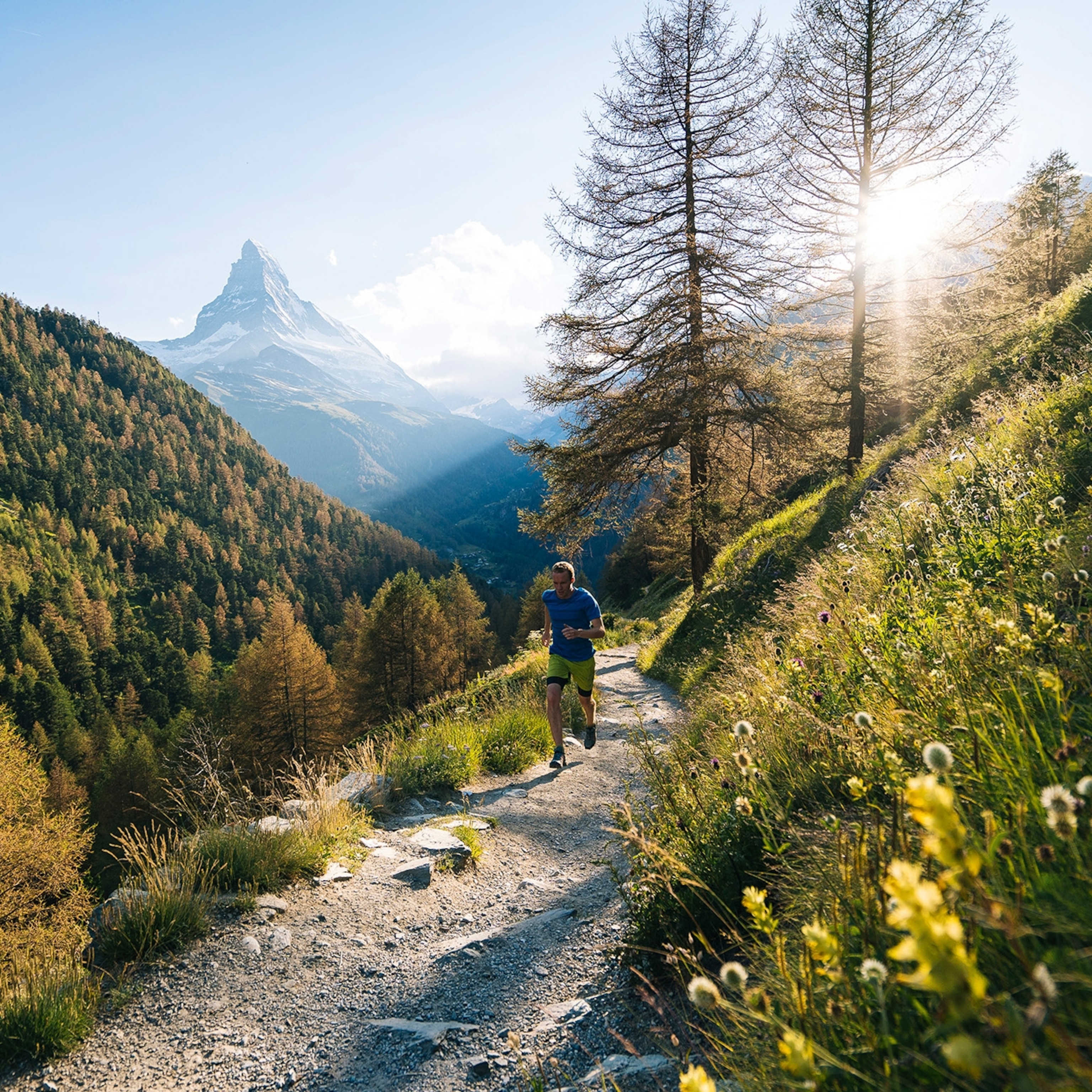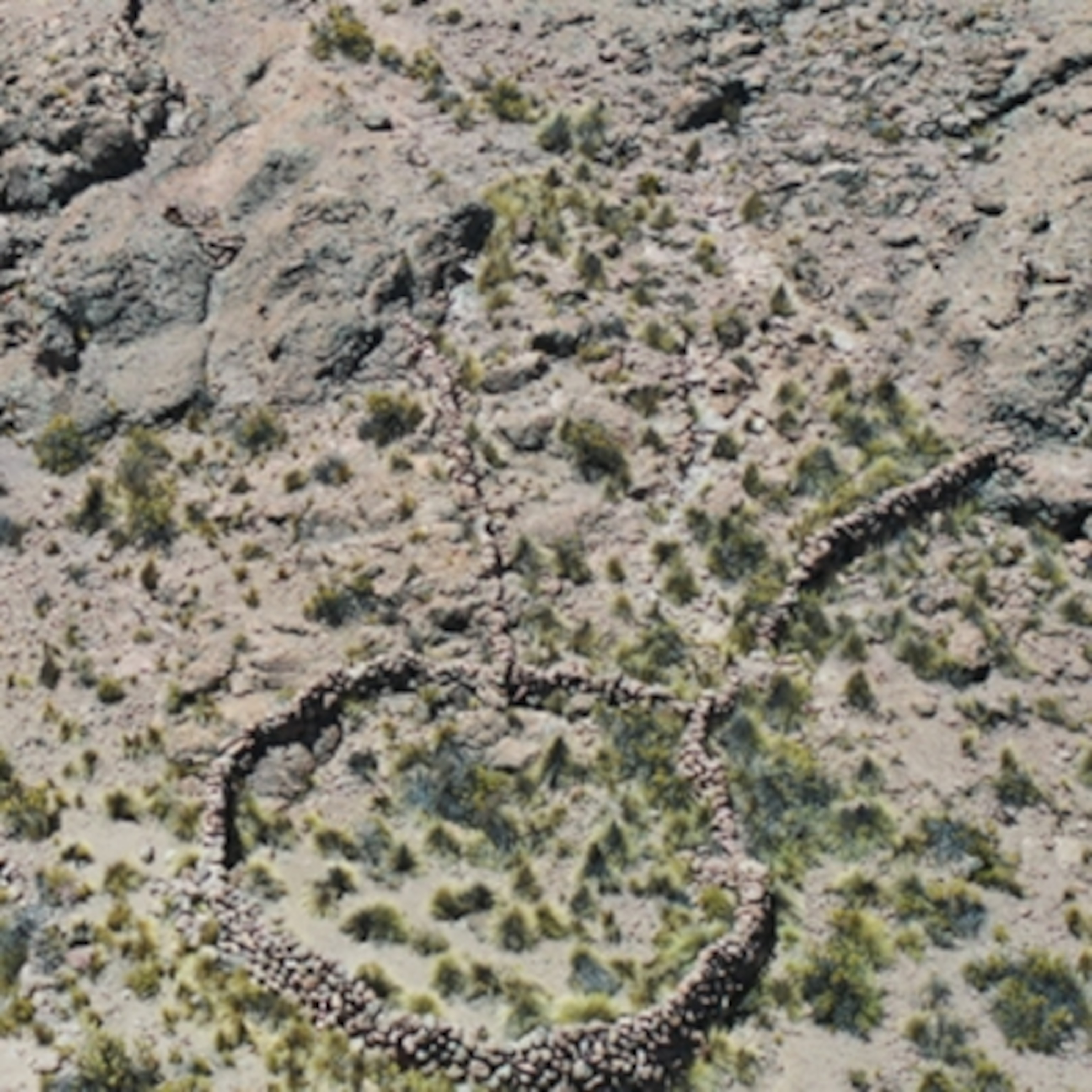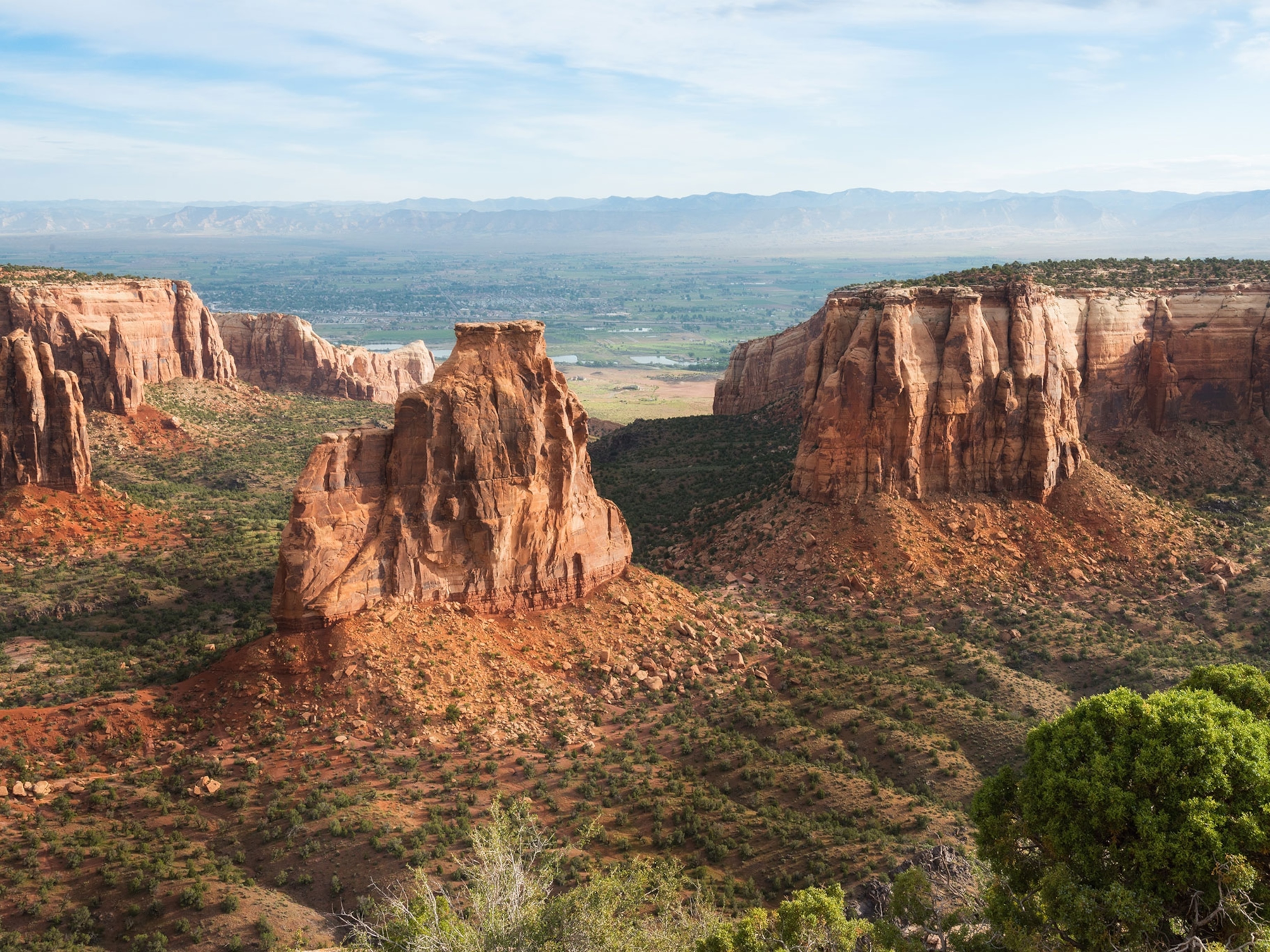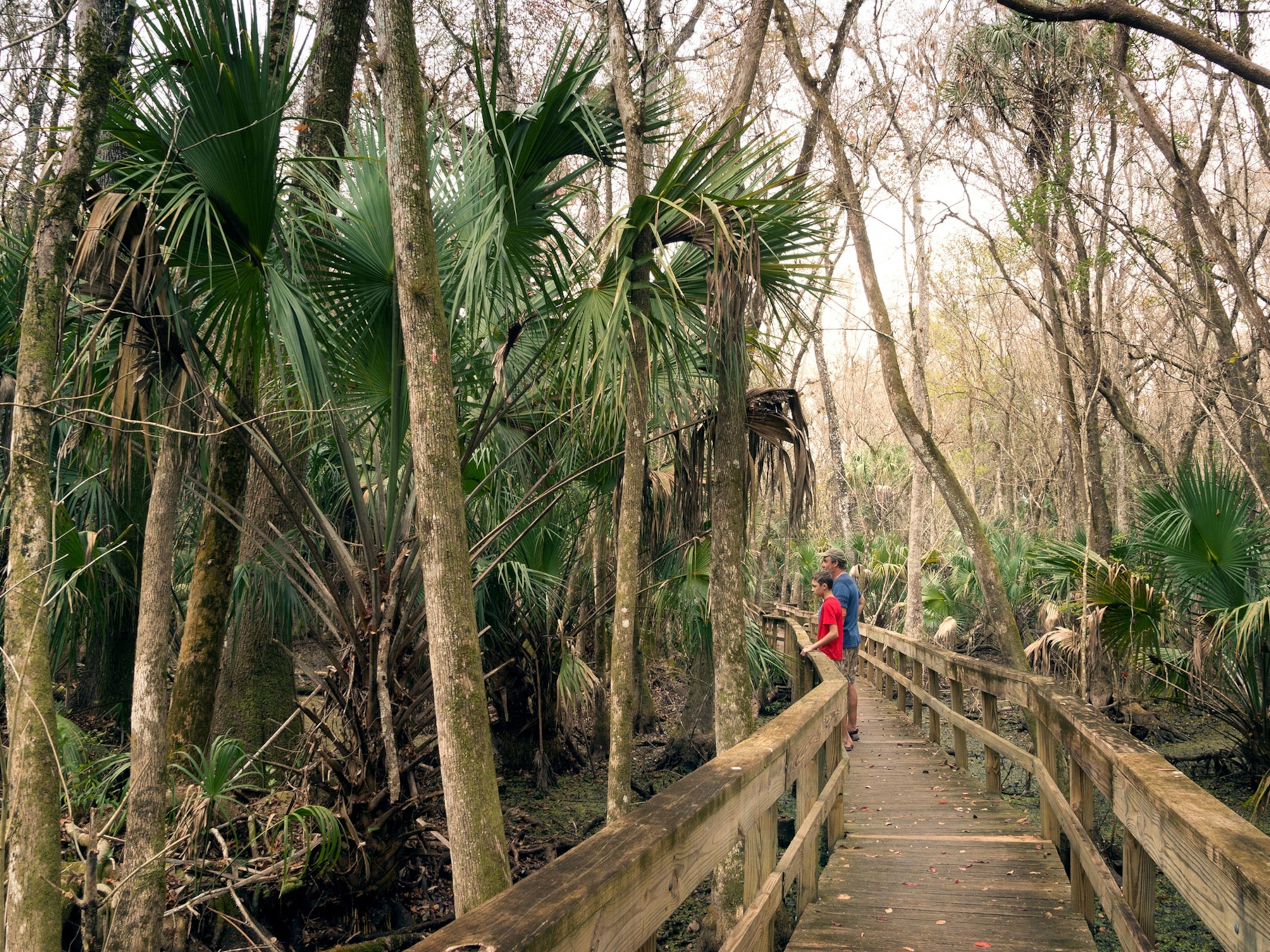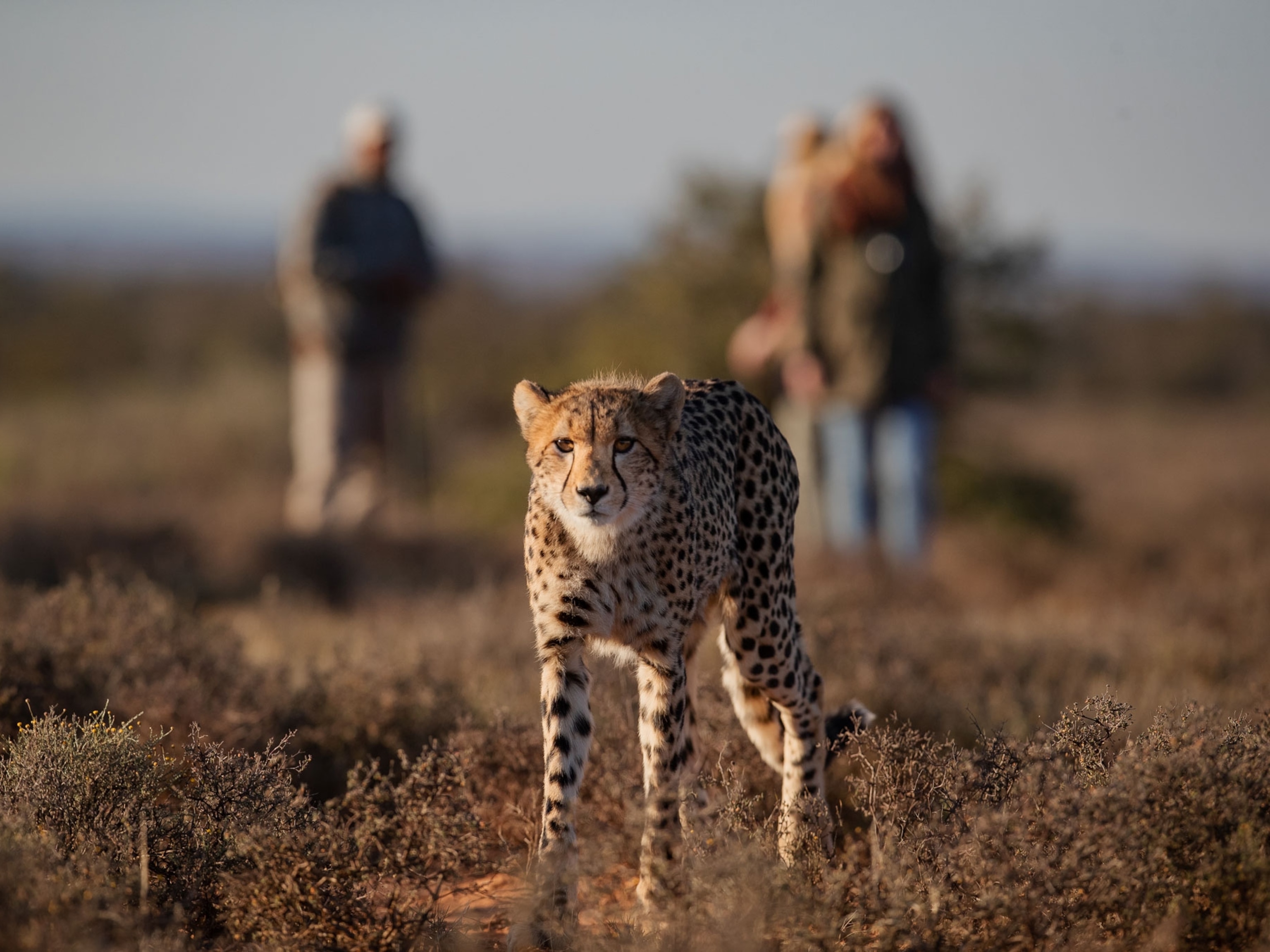
Hiking to Machu Picchu? Here’s how to choose the best route.
When I decided to visit Machu Picchu, I was so focused on getting to Peru that I kept delaying another important decision: Which route would I take to access the sacred site?
Should I walk along the well-worn paths of the Inca Trail? What about following in the footsteps of chaski messengers on the Cachicata Trail? The more time I spent researching my options, the more possibilities I discovered.
After months of indecision, I finally chose to hike the Salkantay Trail with Cusco-based company Salkantay Trekking. The four-day, 46-mile route is one of the most popular alternatives to the oversubscribed Inca Trail, and it didn’t take long to find out why.
The route’s namesake peak, Nevado Salkantay, soars to more than 20,000 feet above sea level. Though it is merely the twelfth highest peak in the Peruvian Andes, it is one of the most revered.
Early on a brisk October morning, I was the last of my group to be picked up in Cusco. By the time the sky lightened, we had reached our starting point, the Challacancha trailhead. Tawny-colored mountains surrounded us, their summits concealed by low clouds. Horses grazed beside earthen-walled homes, black-and-red moths fluttered past, and a narrow irrigation channel bubbled along our path, providing a placid morning soundtrack.
“My ancestors were nature lovers. They felt they belonged to the earth,” explained our guide Hipolito Inquil, who has led treks to Machu Picchu for five years. “They worshipped these things—the sun, the mountains, the snow.”
For this reason, Hipolito instructed the group to choose a small stone as we walked, which we would use to build an apacheta, or offering to the snow, once we reached Salkantay Pass.
As much as I enjoyed learning about the cultural landscape of the Andes, trekking through the physical landscape was astounding.
“In one day, you’re going to see everything,” Hipolito said. “Around the world, there are 117 different ecological life zones. Here in Peru, we have 84.”
Day two of the trek made this fact especially evident, as we descended from the snow-capped pass’s puna grassland into a humid Amazonian rain forest teeming with mosquitoes, all within a matter of hours.
After a brief pause for lunch, we struck off on a side trip to the Humantay Glacier. The scrubby, striated slopes leading up to it were far steeper than they appeared. When I paused to catch my breath—which was often—I could count my pulse without placing a finger on my wrist.

An hour and a half later, we reached the lake at the base of the glacier, its quiet surface a pale jade. Water traced silvery veins across the sheer cliff face; ice frequently broke away, filling the air with the sound of thunder and the smoky whiteness of an avalanche; countless apacheta lined the shore.
We were the only people there. As if by an unspoken agreement, members of the group scattered, each pulled in a different direction by the experience. I found a seat on a secluded boulder as tears filled my eyes.
No matter the final destination of a trip—even one as magnificent as Machu Picchu—it is the wonders that unfold along the way that bring us the deepest joy.
All Roads Lead to Machu Picchu:
There are many outfitters operating in Peru’s Sacred Valley and several major routes to Machu Picchu itself. To help you choose your own adventure, here are a few of the options available.
> Inca Trail
Like the Salkantay Trek, this trail is thought to have been used by ancient pilgrims bearing gifts to the sacred peaks. It is by far the most popular route to Machu Picchu—and arguably the most well-known trek throughout South America. Tip: Book your reservations at least 5 to 6 months in advance; the 500 permits allotted for each day sell out fast.
> Lares Trail
Not only does this two- to three-day trek through the Lares Valley not require a permit, it also offers an authentic look at life in the Andes—with fewer trekkers with whom to share the path. If the Salkantay Trail’s main draw is the natural beauty you’ll encounter along the way, the Lares Trail’s is the people you’ll meet—in markets, villages, and traditional farming communities (complete with herds of alpacas and llamas). One variation of this journey is even referred to as the “Weavers’ Way,” as it winds through several villages still known for their vibrant textile traditions.
> Cachicata (or Chaski) Trail
Another fascinating element of Inca history worth investigating is the chaskis, or runners, who delivered everything from communiques to fish across the vast empire using a relay system along a vast network of paths. (It is said that a single message could travel some 250 miles in a day.) Today the lesser known Cachicata Trail gives visitors the chance to follow in the steps of these messengers, as well as take in other sites such as the waterfall near the Perolniyoc ruins and Inca stone quarries.
> Vilcabamba Traverse
While the Cachiata Trail is less strenuous than other options, the Vilcabamba Traverse will appeal to trekkers looking for a physical challenge. Vilcabamba was the Incas’ last refuge before they were vanquished by the Spaniards, and today, you’ll still walk along original sections of the Qhapaq Ñan—the royal road system of the Inca, which was granted UNESCO World Heritage status in 2014. On this week-long, 60-mile trek, you can take in the ruins of Choquequirao (see below for more details) and pass through several distinct biozones.
- National Geographic Expeditions
> Inca Jungle Trek
Alternatively, if it’s adrenaline you’re looking for, the Inca Jungle Trek is a unique hybrid route combining two sections of trekking with other adventure activities—from a 37-mile downhill cycling ride and white-water rafting on the Urubamba River to zip-lining. Like the other treks, it culminates in the town of Aguas Calientes before your final day at Machu Picchu, but the journey itself sends a few more thrills your way.
> Lodge Treks and the Camino del Apu Ausangate
If you’re after a bit of creature comfort, several options may be of interest. The Mountain Lodges of Peru offers a trek that follows the Salkantay Trail, only instead of embracing tents and outdoor living, you’ll end each day with a hot shower and aperitif at eco-friendly accommodations. Similarly, Andean Lodges’ Camino del Apu Ausangate—named for the most sacred peak in the Andes of southern Peru—is also comprised of four properties managed in cooperation with local communities. National Geographic Expeditions also offers an excellent eight-day Sacred Valley itinerary with stopovers at rustic-chic (and sustainable) Inkaterra lodges.
> Choquequirao Trek
A final trail to consider explores a different “lost” Inca city, the sacred site of Choquequirao. Meaning “Cradle of Gold” in Quechua, Choquequirao is similar to Machu Picchu both in its architecture and significance, but the crowds pale in comparison due to the site being an intense two-day hike from Cusco. When combined with a visit to Machu Picchu, treks to Choquequirao can take anywhere from seven to ten days—and with not even half of the site excavated, there’s still much to be discovered.
Candace Rose Rardon is a writer and sketch artist with a passion for storytelling. She recently released her first book of travel sketches, Beneath the Lantern’s Glow. Follow Candace on her blog, The Great Affair, on Twitter @candacerardon, and on Instagram @candaceroserardon.
